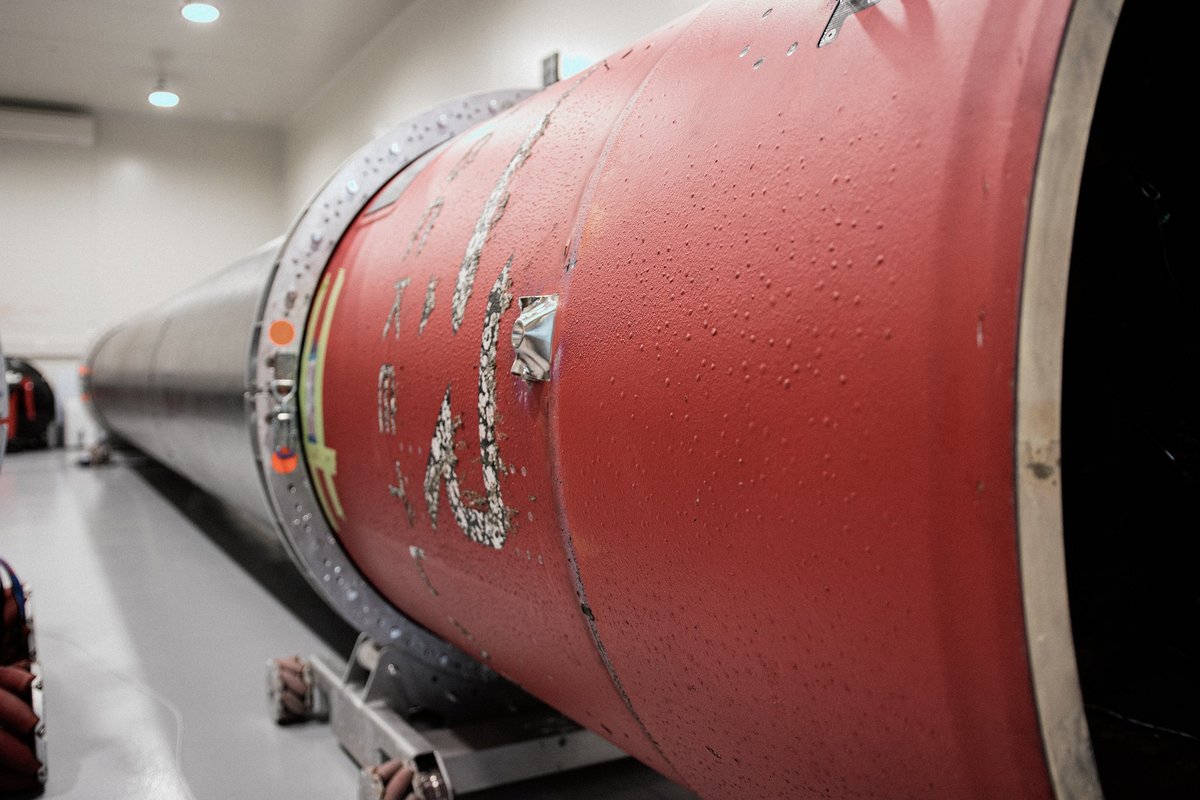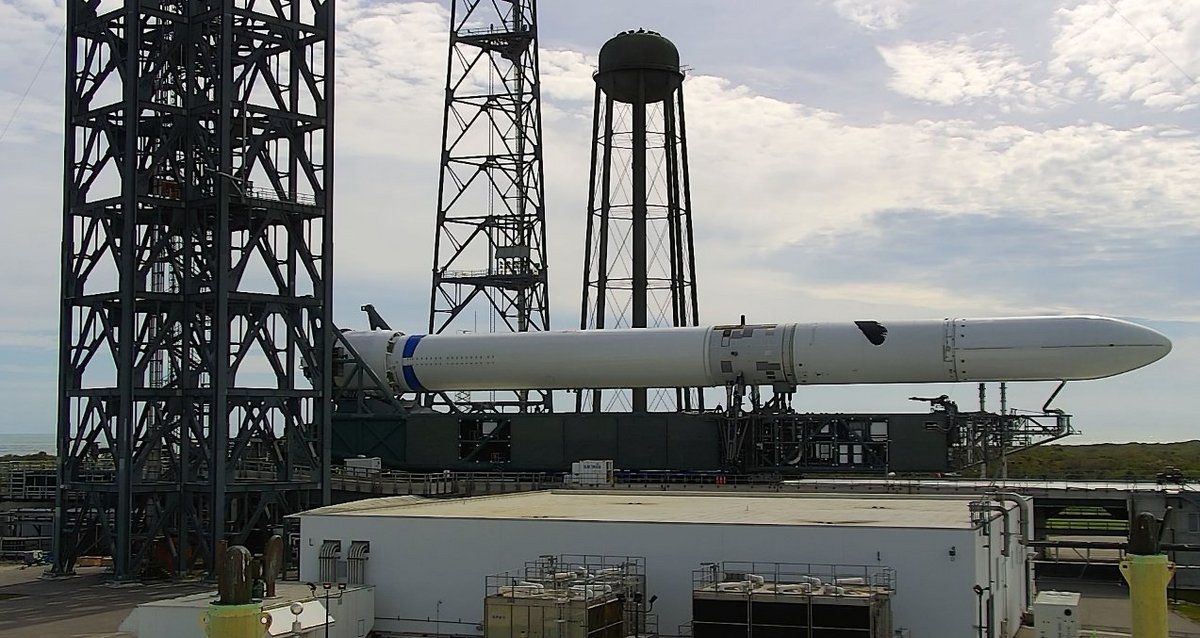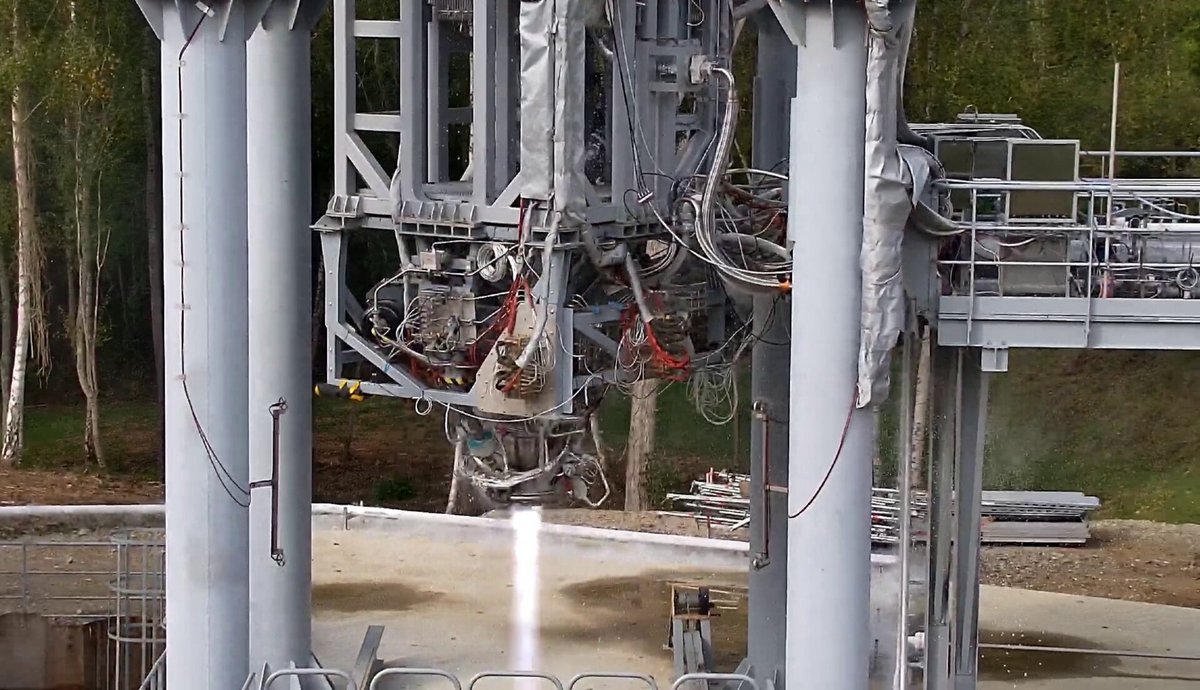While a launcher Falcon 9 succeeded a few days ago in taking off with a stage that flew for the 20th time, it is still the only partially reusable rocket on the market. Despite everything, the efforts of other players in the sector, start-ups and giants, will soon be complemented. Will they be as effective?
With a takeoff and landing every three days on average, SpaceX’s year 2024 is close to peaks in quality and quantity for its Falcon 9 rockets. Without reusable, such a rate would not be an option for the teams of the Falcon 9. factory in Hawthorne (California), and the company capitalizes heavily on the recovery of its floors and its caps.
However, if SpaceX today has one stage with 20 flights, others with 19 or less, it all started at the end of March 2017 with the first reuse of a booster. Some competitors were already promising to respond with their own technology, and people wondered if SpaceX would have a 5-year head start. In the end, they had at least 7: very few rocket manufacturing and launching companies are in the running to reuse their launchers. Too small, too big, too few payloads, too ambitious… Some are very far from their reuse promises. But others have worked patiently, and their reusable rockets are arriving (as Netflix would say: soon).
Rocket Lab, nearest
With its small Electron launcher, Rocket Lab had the elegance not to choose exactly the same solution as SpaceX to recover the stages of its rockets. Indeed, when the company tests a reusable version of its stage, it uses a rocket body with a coating and a special engine shield, which allows it to return by crossing the atmosphere while adapting to the terrible heat and effects of plasma around the booster structure. Then, in the last phase above the Ocean, the Electron stage deploys a parachute.
The latter had to be captured for a time by a helicopter in a maneuver that was as risky as it was technically difficult. Rocket Lab chose a simpler solution, that of treating its elements against corrosion and fishing the stage off its launch sites in New Zealand and Virginia. Not all of Electron’s stages are recoverable today, but the company has already accumulated several years of know-how, and the first reuse is approaching.

In reality, Electron has already flown with an engine recovered from a stage at sea in 2023, but not yet with an entire stage. This stage is planned this year, in particular with a rocket body recovered at sea in January: the latter has passed a battery of rigorous tests, and it is part of the “fleet” of stages available to future customers. Before firing, it will still have to undergo the same standard tests as any other booster.
Is this a good method? Is it profitable? Probably yes and no: Peter Beck, the founder of Rocket Lab, has already explained that for his company, reusability is above all a key to avoiding having to produce too many stages in his factory. Useful, therefore, as the firm aims for between 12 and 14 shots this year…
LandSpace, the Chinese surprise
The Chinese company is best known for having successfully achieved the first orbital takeoff with a methane rocket. But the version which will take precedence over its Zhuque-2 (named, without much originality, Zhuque-3) will indeed be reusable! To do this, the private start-up, which has ample funds, first worked on its range of engines, before testing and making successful first “jumps” at a few hundred meters of altitude (350 meters), similar to what SpaceX achieved with its Grasshopper prototypes around 2011-2013.


We can say that this is not the first time that a Chinese company has conducted this type of test. Certainly, but LandSpace took care to carry them out with a rocket engine, which is already much rarer (often, to test the control and approach on the ground, they are small reactors). Then, the company has already built a second prototype, which aims to climb up to 10 km in altitude with methane rocket engines, before returning to land.
The test is currently planned for this summer, and the stakes on the Chinese side are as high as those for the Americans: the sector, deprived of a large share of the international market, is very competitive. Other companies are at roughly the same stage of development, like Deep Blue Aerospace, but don’t have the experience of LandSpace.
Blue Origin, from miniature to maxi-rocket
The company founded by Jeff Bezos has actually been operating a reusable rocket since 2014, but it only carries the small New Shepard capsule on a trajectory that takes it up and down less than 70 miles. If the rocket stage still reaches 3,500 km/h during the operation and returns to land alone, will this be enough to ensure the success of the much more imposing New Glenn? However, this is Blue Origin’s bet with its impressive rocket almost 100 meters high and 7 meters in diameter. The first stage of New Glenn will return to land on a barge positioned off the coast of Florida, like what SpaceX is offering today, but with a much more imposing stage.


Above all, Blue Origin is counting on its upstream tests to avoid the period of learning through failure as much as possible. Indeed, the BE-4 engines are already supposed to be reusable, and the stage will a priori attempt to return to land from its very first takeoff. A way for Blue Origin to save massively on the production of rocket stages (which will save them an increase in production) and engines, since each first stage of New Glenn has 7 BE-4 units… But the Will calculations and tests be enough? We should a priori have the answer in 2024!
And Europe?
The traditional players in European space have not made the choice of reusability for the generation that is currently being implemented, with Vega C and Ariane 6. However, this does not mean that there is no effort on the question on the continent. Even if they are half a decade behind the initial schedule, there are the Callisto (France, Germany and Japan) and Thémis (ESA, CNES and ArianeGroup) demonstrator projects which should fly from 2025, as well as several start-ups which will use their own architectures if development goes well by then.


The Miura-5 orbital rocket from the Spaniards PLD Space notably has a recoverable stage under parachutes, while the main stage of the MaiaSpace rocket (spin-off of ArianeGroup) should use reusable Prometheus engines. The first demonstration flight is also not planned until the end of 2025. By then, perhaps SpaceX will no longer be the only commercial entity to reuse part of its launchers?


0